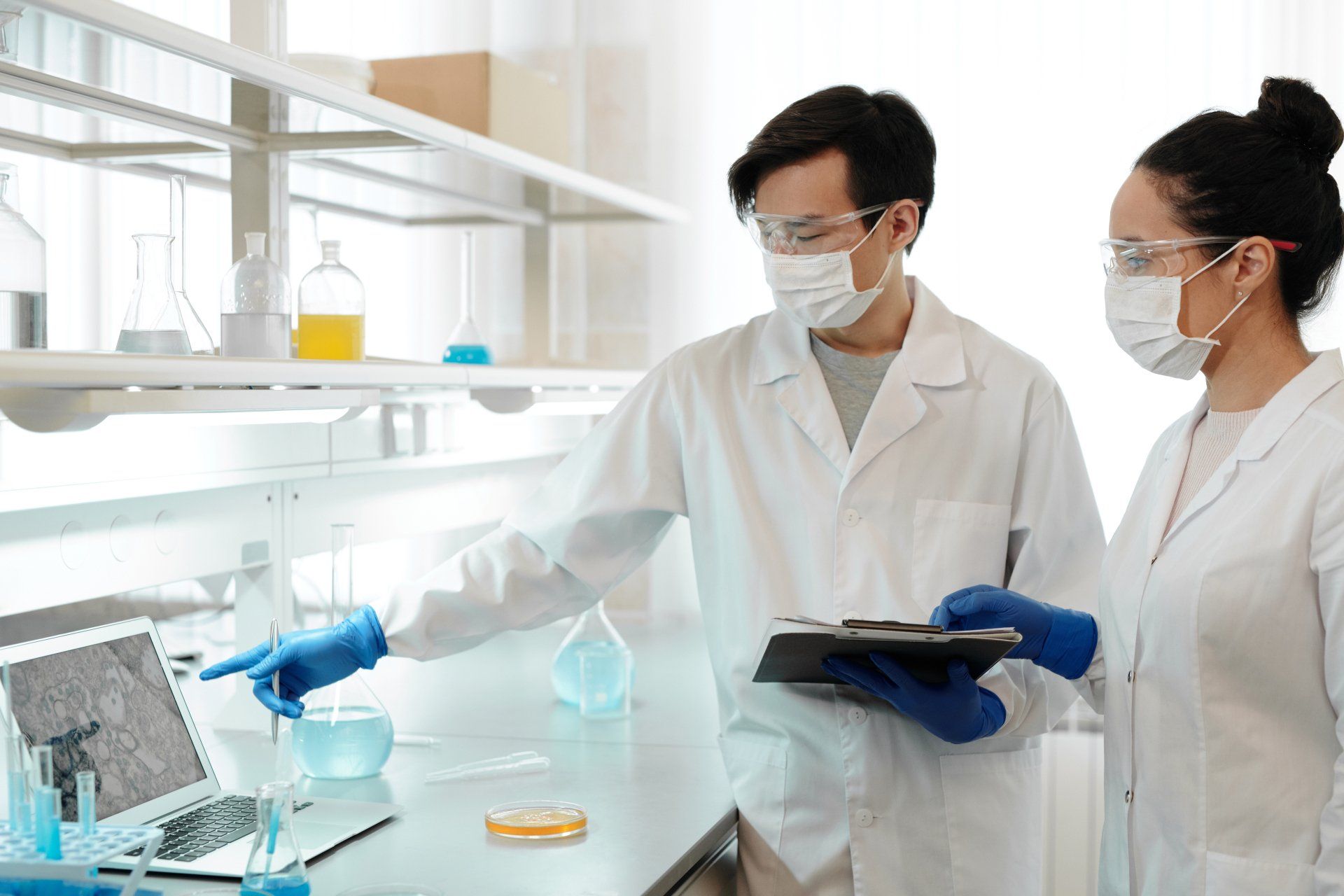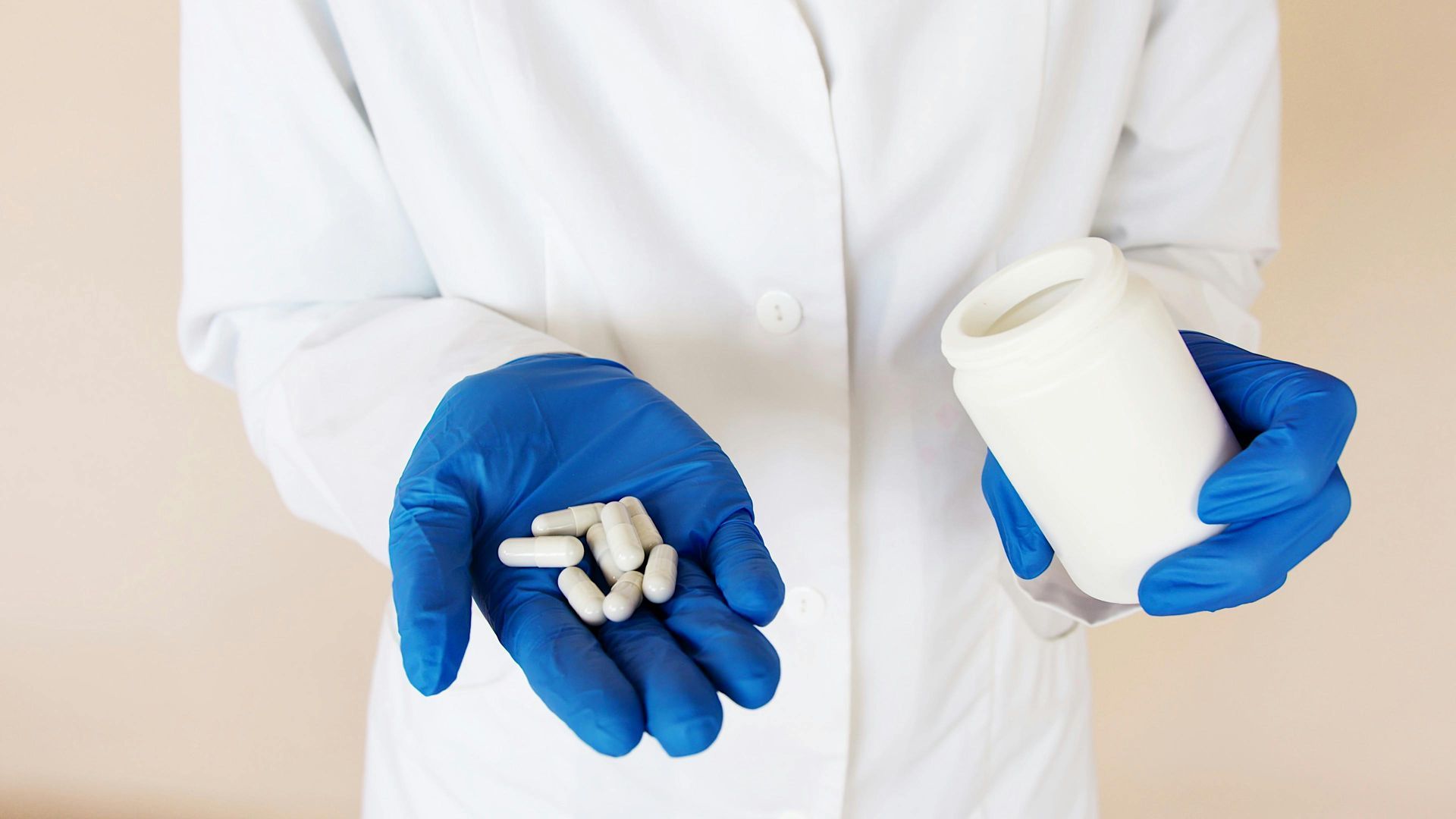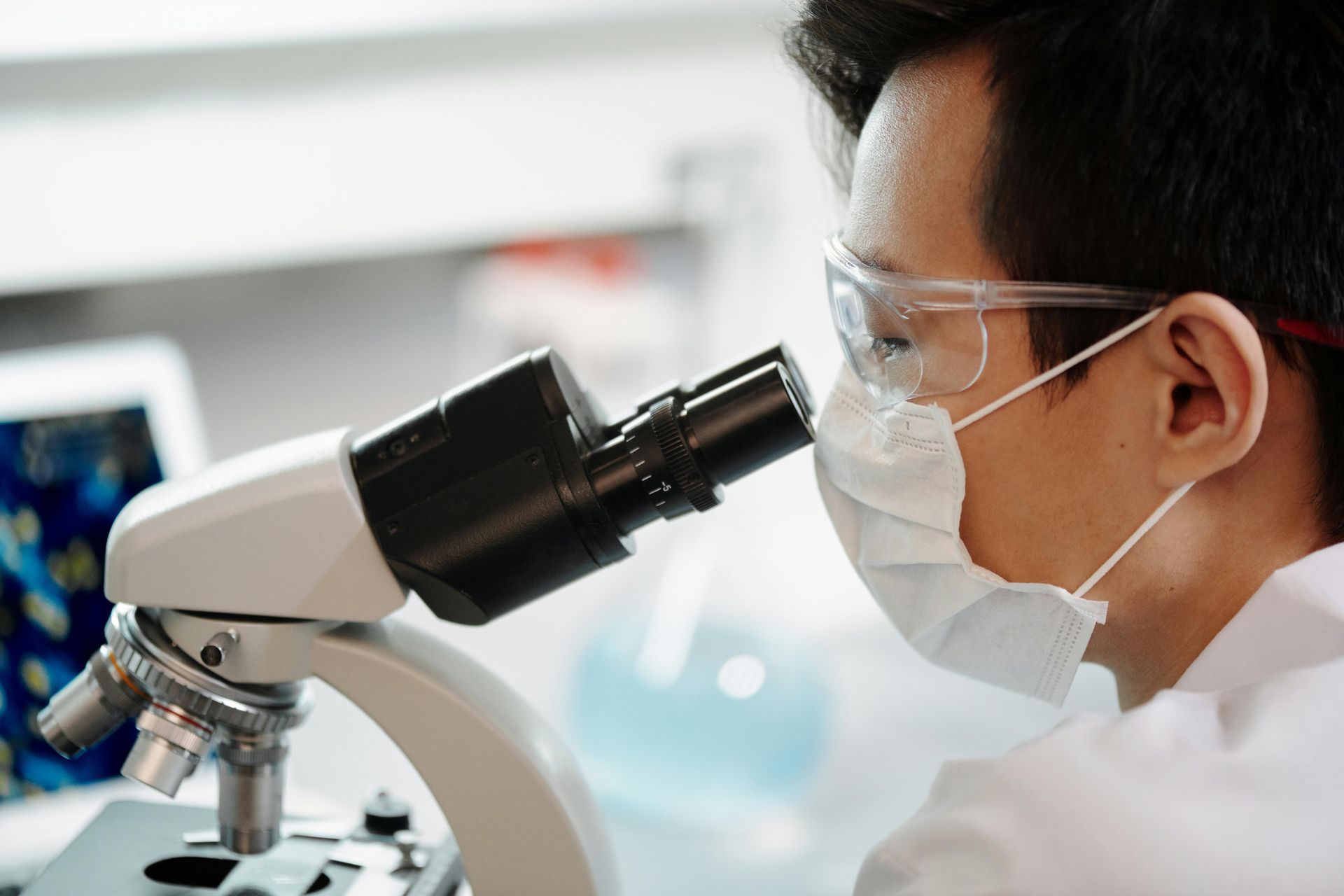GMP vs. GLP: Key Differences and How They Impact Your Organization
Good Manufacturing Practices (GMP) and Good Laboratory Practices (GLP) are foundational frameworks that focus on ensuring quality, safety, and integrity throughout life sciences.
While these two frameworks share a common goal, their focus and application differ significantly. Each impacts organizations uniquely, and understanding these differences is crucial for maintaining compliance and optimizing operations.
We’ll be breaking down these two similar yet distinct standards to understand how they vary — and how they can be combined to enhance your organization.

Overview of GMP and GLP
Before diving deeper into how these two standards vary and intertwine, let’s define them individually.
Good Manufacturing Practices (GMP)
The GMP framework is a set of regulations defining best practices for manufacturing, processing, and packaging products. GMP emphasizes that every step of the production process meets stringent quality standards to guarantee product consistency and safety.
Ultimately, these practices apply to pharmaceutical, medical device, and food industries, emphasizing end-to-end process control.
Good Laboratory Practices (GLP)
GLP is a quality system concerned with the non-clinical safety testing of substances. The goal of GLP is to ensure the reliability, integrity, and traceability of laboratory data, which is a core aspect of regulatory submissions.
These practices are primarily applied during preclinical research and focus on study design, data recording, and validation of results.
GLP vs GMP: Key Differences and Requirements
How do these two standards vary, and how will they impact your organizational processes? Let’s break down a few ways these standards take different approaches.
Scope and Focus
Focus is a core difference between these two standards:
- GMP: GMP concentrates on processes at every stage of manufacturing, including packaging, storage, and distribution. The focus of GMP is to make sure products consistently meet quality and safety specifications.
- GLP: The focus of GLP is on the preclinical phase. These standards are designed to ensure the credibility and reproducibility of laboratory studies, primarily those used to evaluate safety and efficacy.
Regulatory Application and Enforcement
The way regulators enforce compliance can vary between both standards:
- GMP: These standards are enforced by agencies such as the FDA and EMA for commercial production. Non-compliance can result in product recalls or severe penalties.
- GLP: GLP applies to laboratories conducting non-clinical research to support product approval. The goal of GLP is to make sure that study data submitted to regulatory bodies are credible and verifiable.
Documentation Requirements
What data needs to be captured and documented to stay compliant?
- GMP: GMP compliance requires extensive process documentation, including batch records, validation reports, and standard operating procedures (SOPs).
- GLP: While similar, GLP compliance requires meticulous study plans, raw data, and final reports, ensuring transparency and accuracy in research findings.
Integrating GMP and GLP for Compliance
Integrating GMP and GLP frameworks is vital for organizations involved in both research and production. Establishing clear boundaries and workflows between the two ensures seamless transitions from preclinical studies to commercial manufacturing.
A few key processes to go about this include the following:
- Develop holistic documentation processes: Standardized documentation systems can go far in minimizing redundancies and upgrading traceability across research and production phases.
- Prioritize technology integrations: Leveraging digital tools for quality management systems (QMS) and laboratory information management systems (LIMS) goes far with compliance to both standards and overall efficiency.
- Make sure teams are trained in both standards: Teams should be trained to understand the requirements and applications of both GMP and GLP as they pertain to their specific roles.
Recognizing and integrating differences between both standards will empower your organization to maintain regulatory compliance so you can deliver safe, effective products to consumers.
Training is Critical for Compliance with Both Standards
GMP and GLP have distinct yet complementary roles. They ensure quality and compliance throughout the life sciences industry. GMP governs manufacturing and production processes, while GLP focuses on the integrity of pre-clinical research.
As the industry continues to evolve, gaining a comprehensive understanding of GMP and GLP will help drive innovation while maintaining the highest quality and safety standards. Ongoing training is crucial for striking this balance.
CfPIE offers industry-leading life sciences courses to keep your employees informed about the latest standards and how to apply them throughout the organization. Learn more about the following courses to see how we can support continuing education programs:
Blog Categories
Stay Informed


